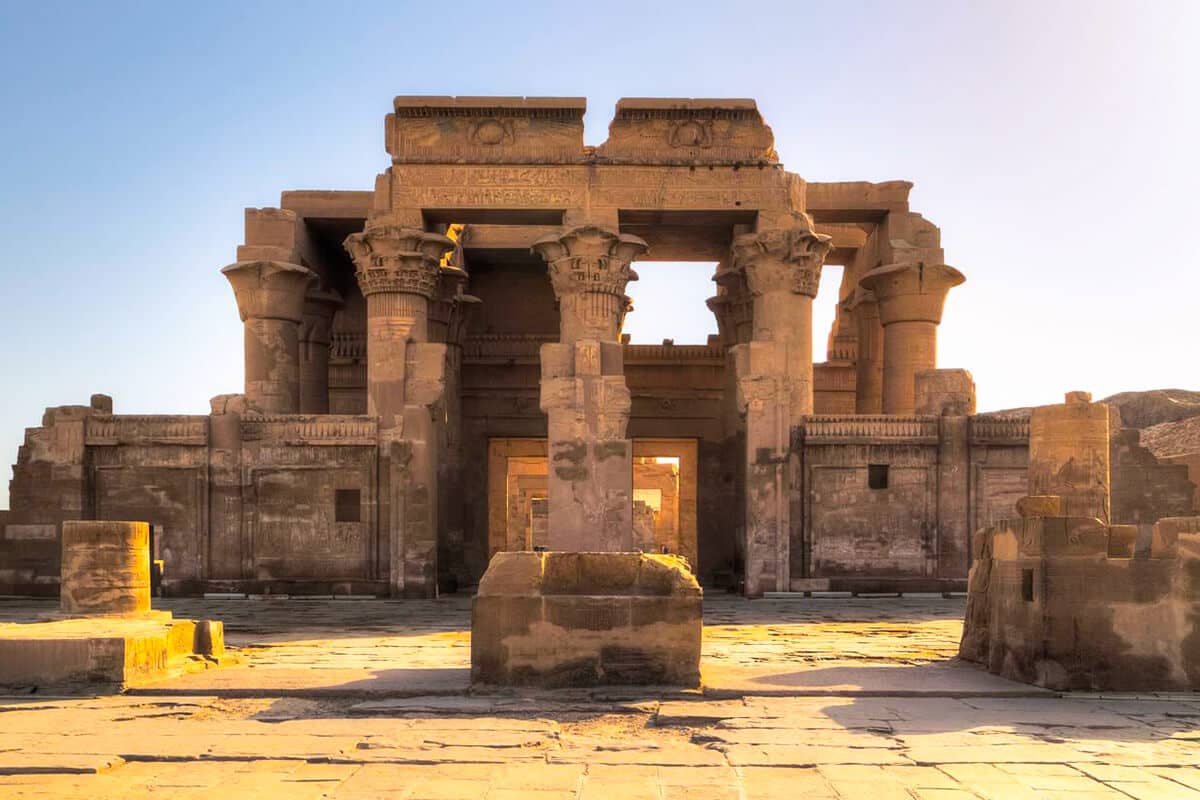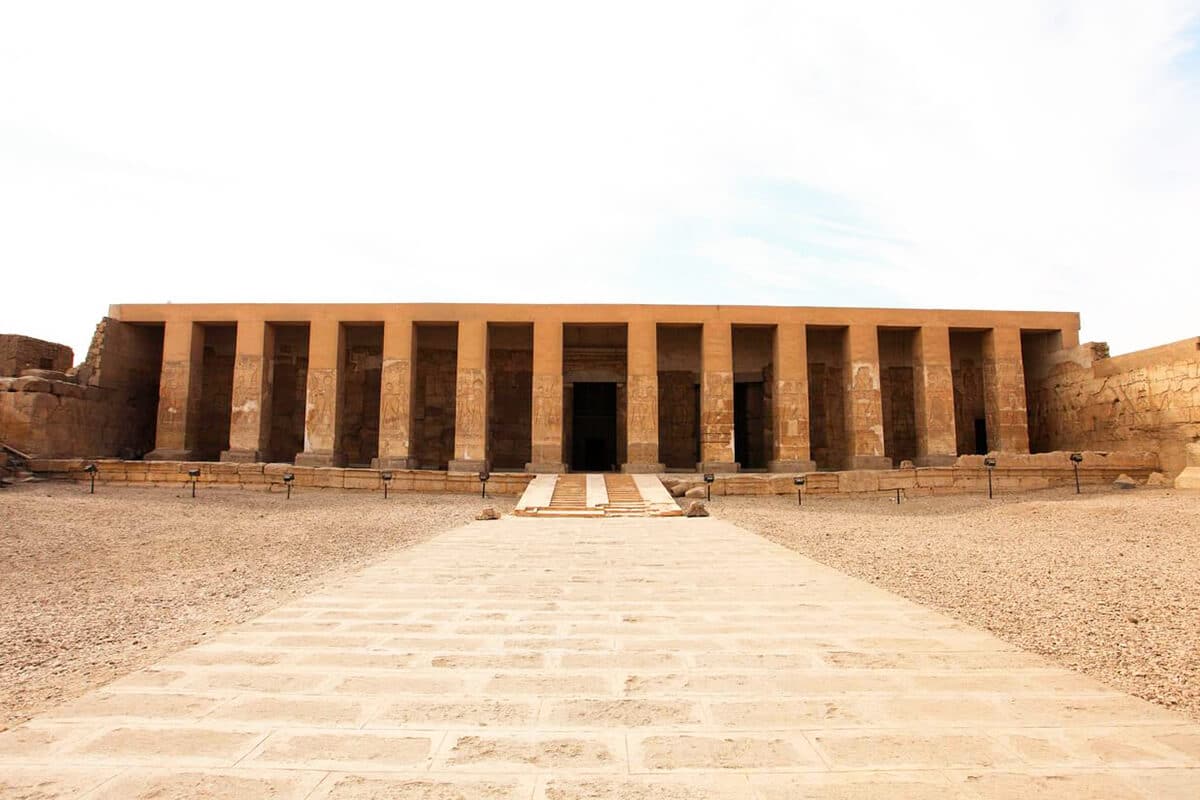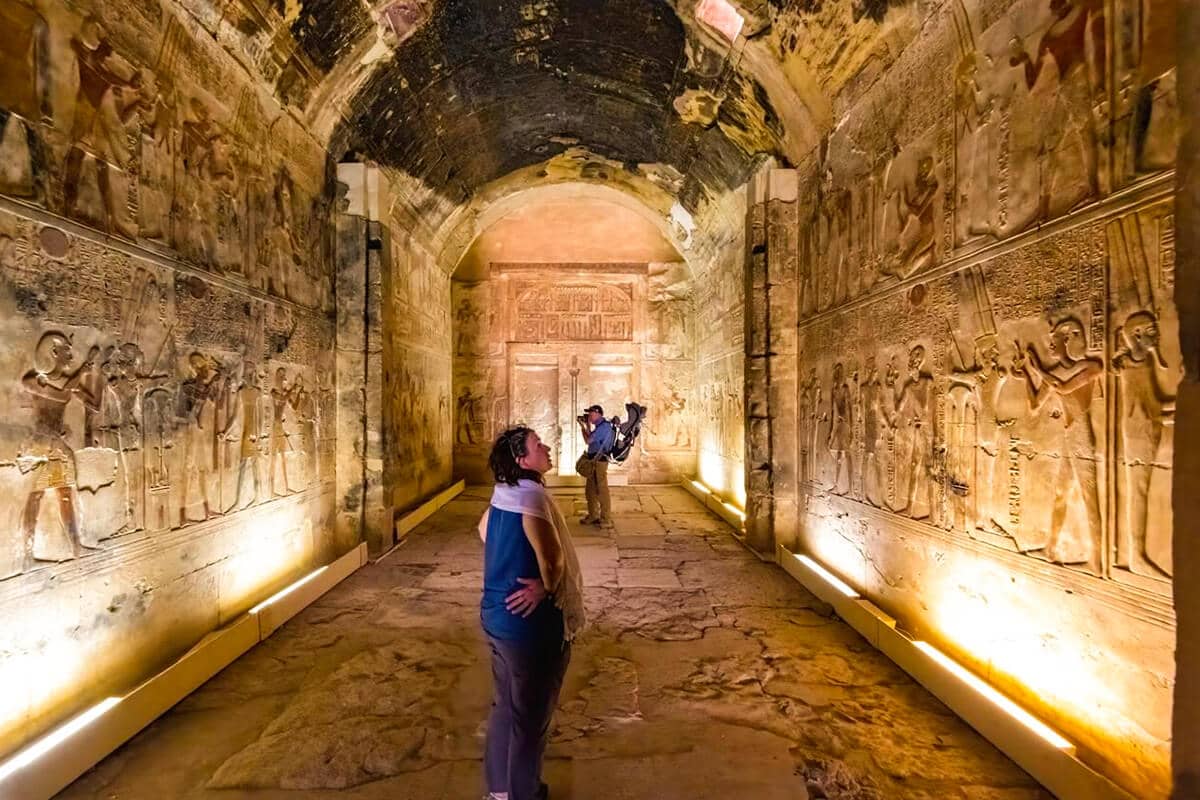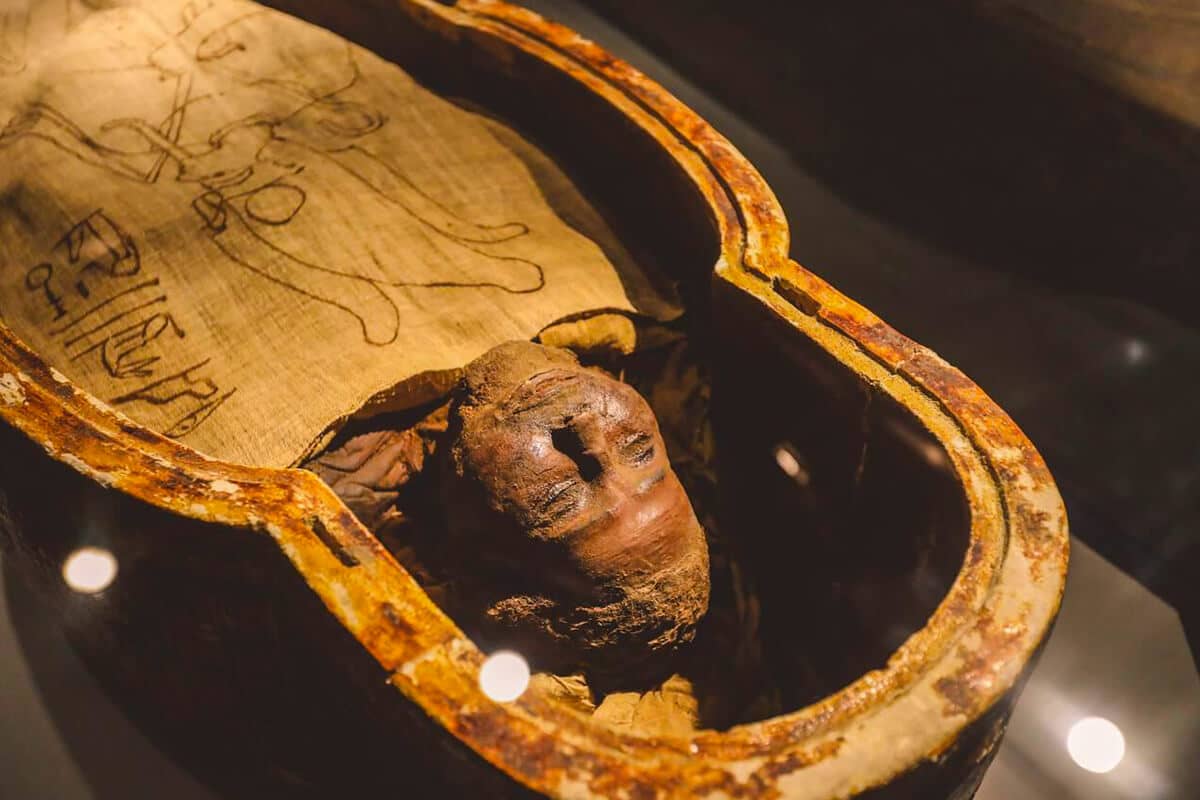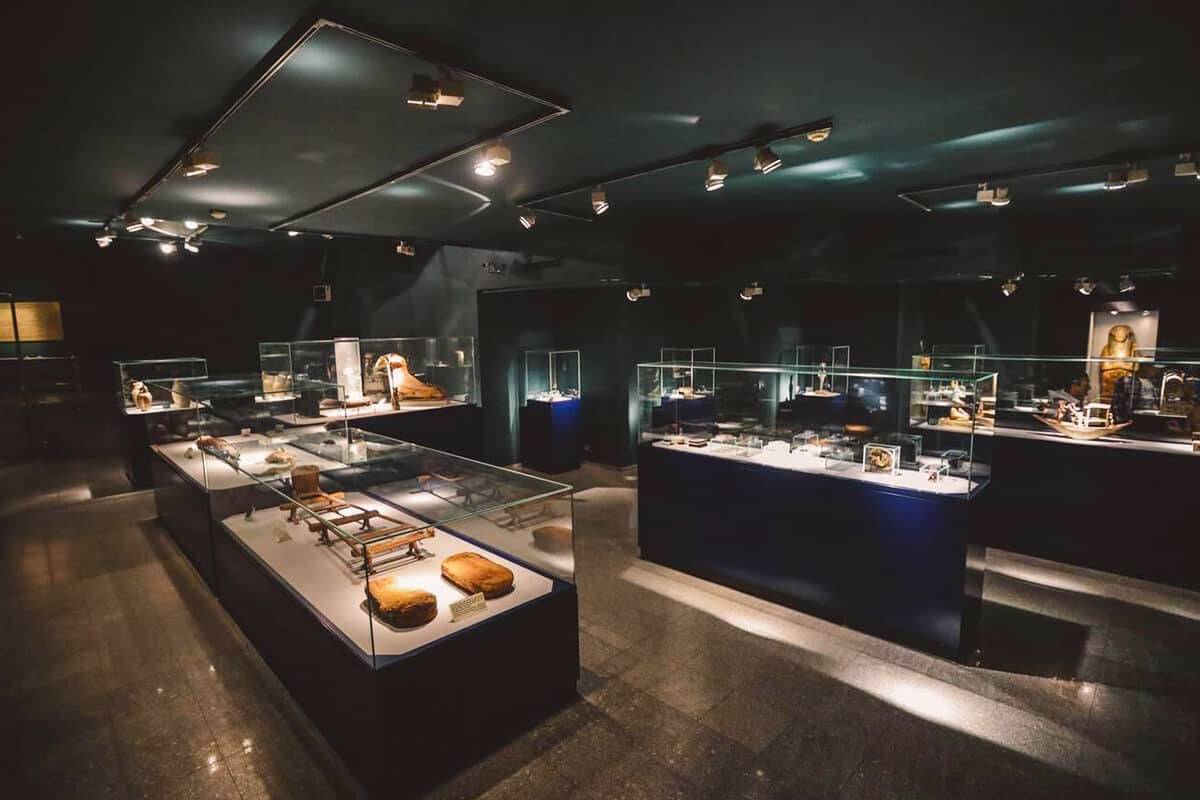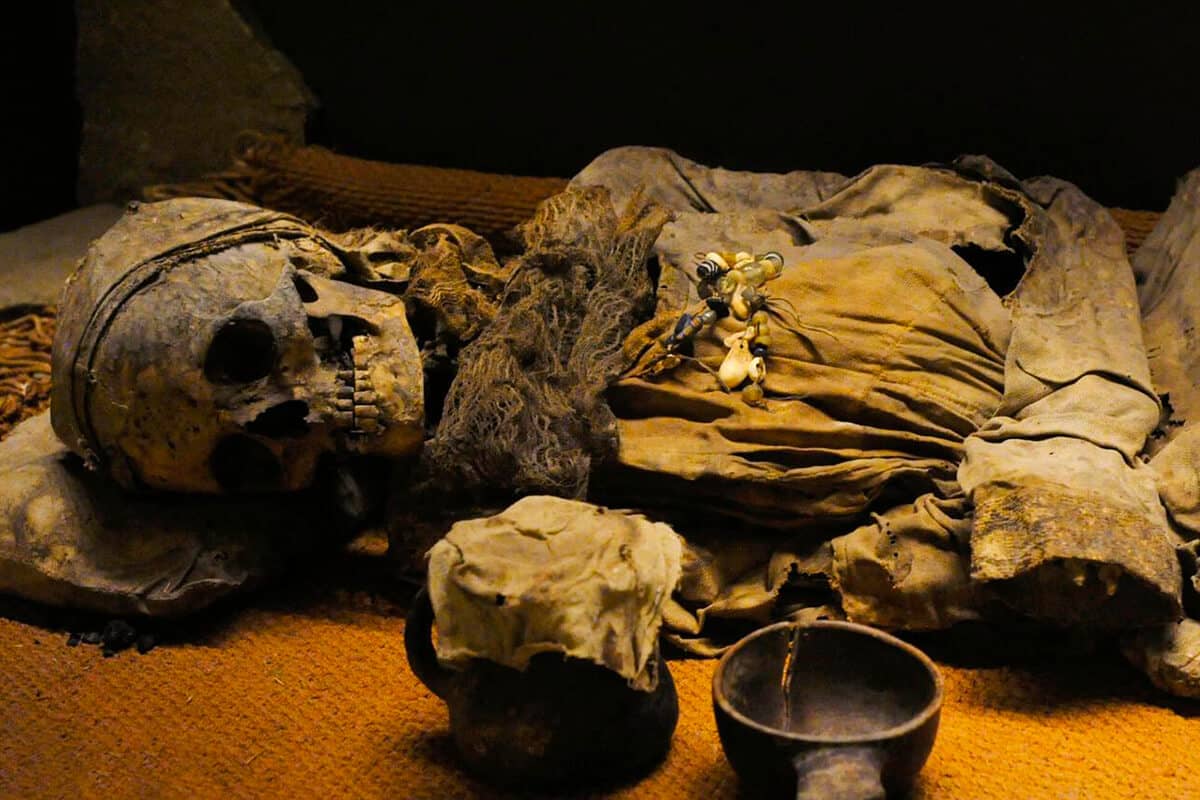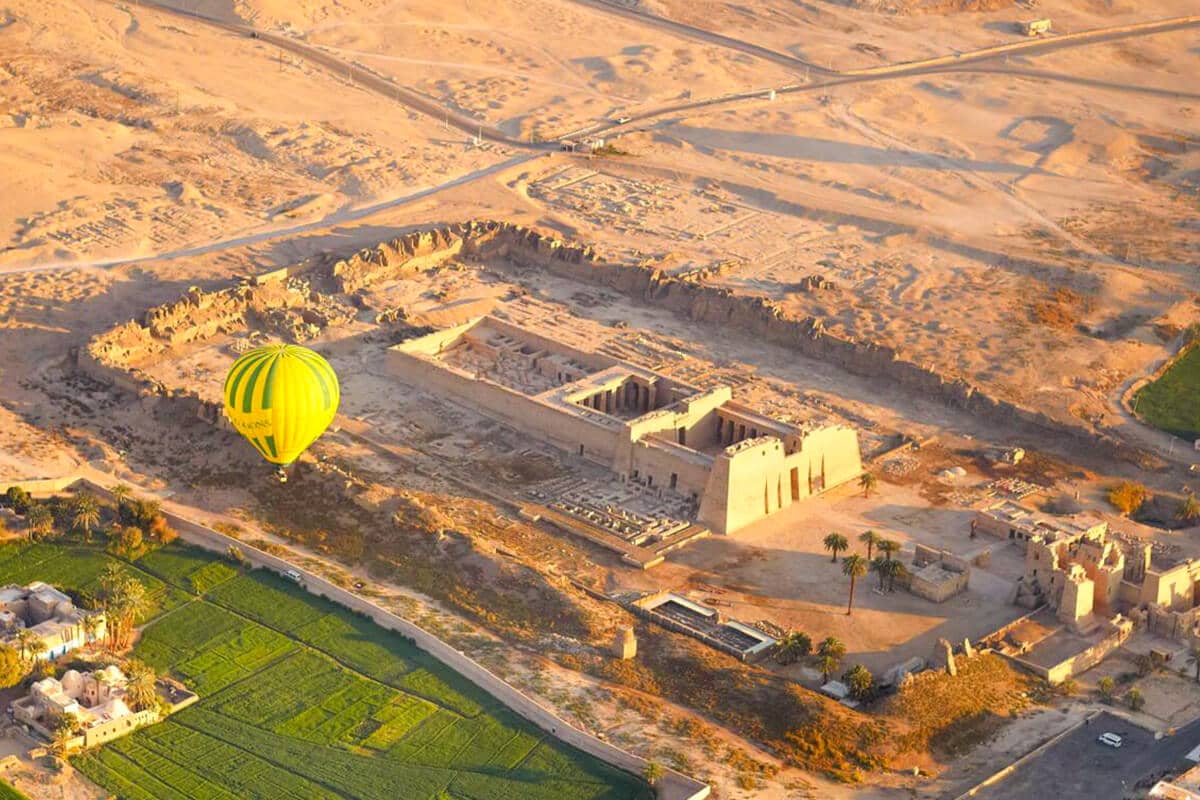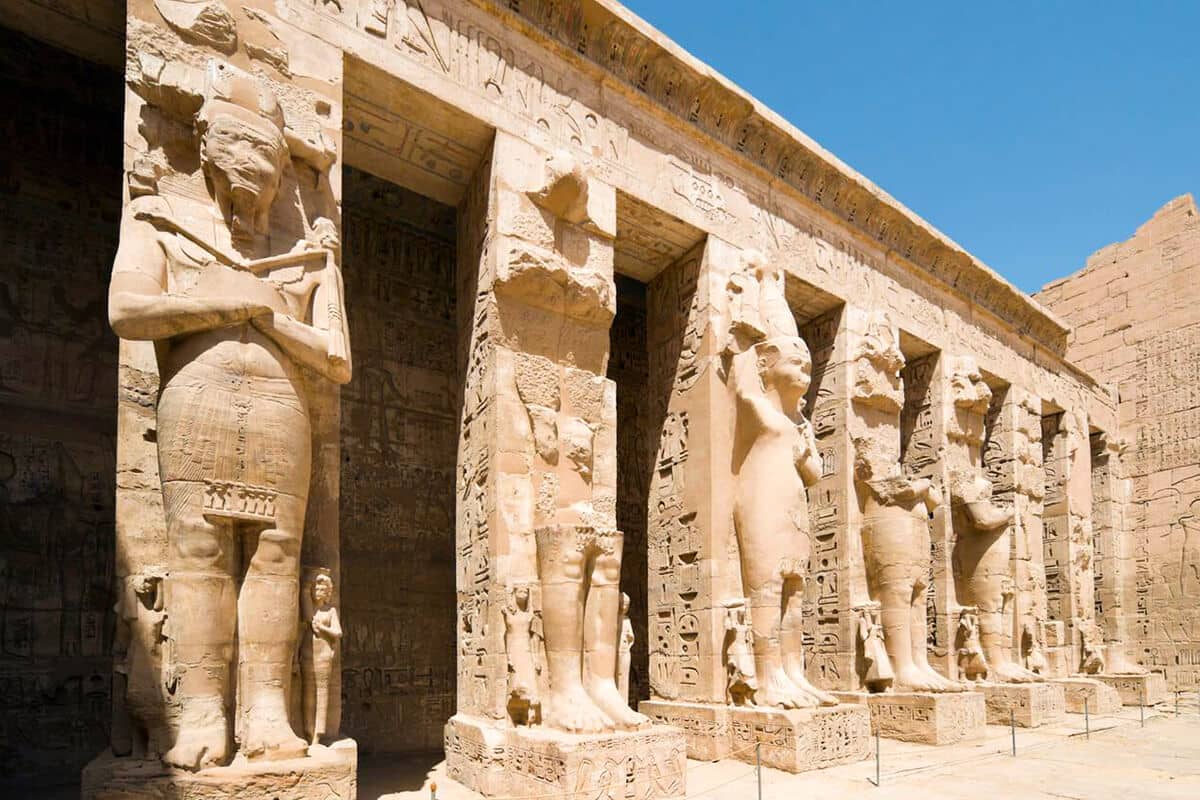The Temple of Kom Ombo is a remarkable ancient Egyptian temple along the Nile River in Upper Egypt. It was constructed during the Ptolemaic dynasty, between the 2nd and 1st centuries BCE, on a site that had been sacred since the Old Kingdom period. What makes the Temple of Kom Ombo unique is its dual nature, featuring two identical halves dedicated to two different gods: Sobek, the crocodile god of fertility and creator of the world, and Horus, the falcon-headed god of the sky and protector of the pharaohs. This duality is reflected in the temple’s layout, with separate chambers, halls, and sacred areas for each god. The temple is also known for its intricate carvings and hieroglyphics, which offer insight into ancient Egyptian religion, mythology, and daily life. It is considered a must-visit attraction for Egypt travelers interested in history, archaeology, and culture. The purpose of this blog post is to provide a comprehensive guide to the Temple of Kom Ombo and its surroundings, including its history, layout, nearby attractions, and practical information for visitors. By the end of this post, readers will better understand this fascinating temple and all it has to offer.
The History of the Temple of Kom Ombo
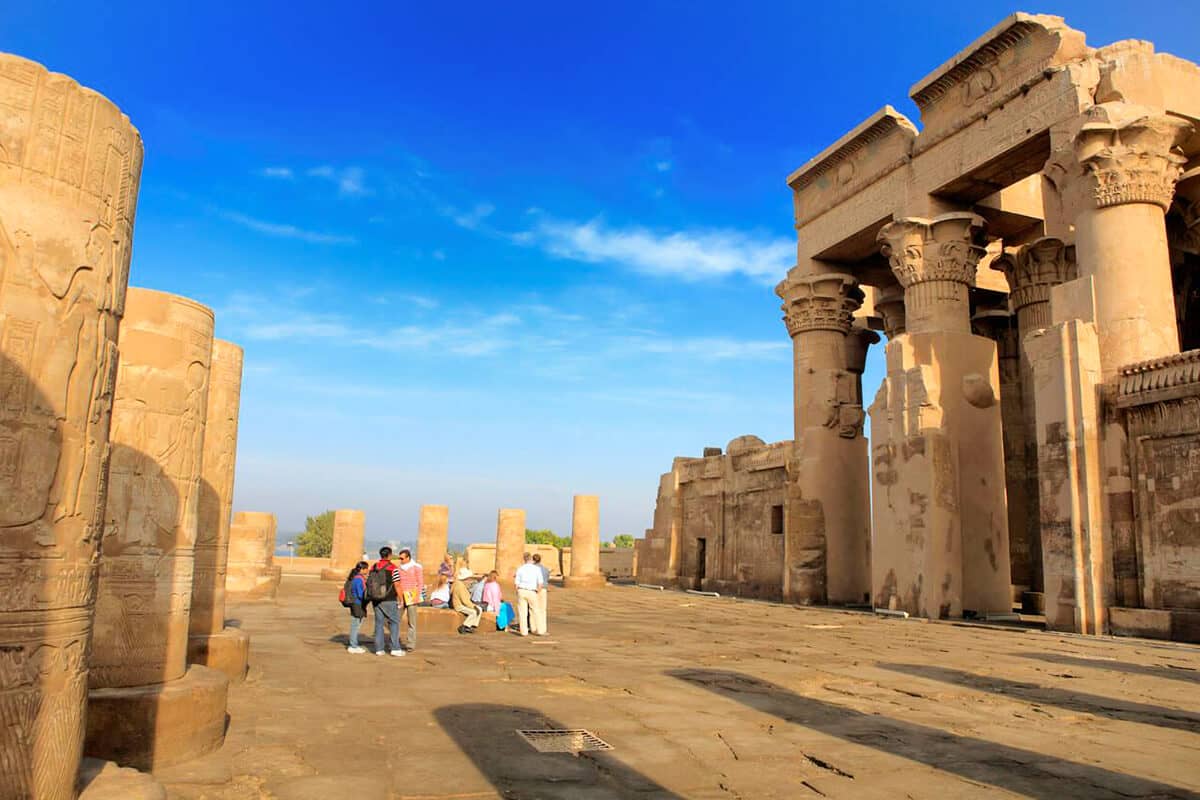
The Temple of Kom Ombo has a rich and fascinating history that dates back to ancient Egyptian times. It was built during the Ptolemaic dynasty, which ruled Egypt from 305 BCE to 30 BCE. However, the site where the temple was constructed had been considered sacred since the Old Kingdom period, which spanned from 2686 BCE to 2181 BCE. The temple was constructed on a bend in the Nile River near Kom Ombo, which was once an important center for trade and commerce.
The site was chosen for its strategic location, as it was easily accessible by boat and offered fertile agricultural land. The temple was dedicated to two gods: Sobek, the crocodile god of fertility, and Horus, the falcon-headed god of the sky. The Temple of Kom Ombo is unique in its features two identical halves, each dedicated to one of the two gods. The temple’s duality is reflected in its layout, with separate chambers, halls, and sacred areas for each god. The northern half of the temple was dedicated to Horus, while the southern half was dedicated to Sobek. Over the centuries, various rulers and dynasties contributed to the temple’s design and construction.
The temple was initially built by Ptolemy VI Philometor, who ruled from 180 BCE to 145 BCE, but it was later expanded and renovated by subsequent Ptolemaic and Roman rulers. The temple’s unique design and architecture are a testament to the skill and ingenuity of ancient Egyptian architects and artisans. The Temple of Kom Ombo was a religious center of healing and medical practices during ancient times. The temple was home to a medical school renowned throughout the ancient world. It was staffed by skilled physicians and healers who used herbs, ointments, and other remedies to treat various illnesses and ailments.
The temple’s medical school was dedicated to Imhotep, the god of medicine and healing. Imhotep was a revered figure in ancient Egyptian culture and was considered the father of medicine. He was also known for his skills as an architect and engineer. He was responsible for the design of many of Egypt’s most iconic structures, including the Step Pyramid at Saqqara. The medical school at the Temple of Kom Ombo was open to both men and women and offered a comprehensive education in all aspects of medicine and healing. Students were taught to diagnose and treat various ailments, from common colds to more severe diseases.
They were also trained in using surgical instruments and techniques and could perform complex operations. The temple’s medical school was a center of innovation and research, and many of the treatments and remedies developed there were ahead of their time. For example, the physicians at the temple were among the first to use anesthesia during surgical procedures and were also skilled in the use of acupuncture and other alternative therapies. In addition to its medical school, the Temple of Kom Ombo was home to several other vital institutions and facilities. These included a library, a botanical garden, and a center for astronomical research. The temple was indeed a center of learning and knowledge and was essential in advancing Egyptian civilization.
Today, the Temple of Kom Ombo remains an important cultural and historical site, attracting visitors from all over the world. Its unique design, rich history, and significance as a center of healing and medical practices make it a must-visit attraction for Egypt travelers.
Exploring the Temple of Kom Ombo

The Temple of Kom Ombo is a remarkable architectural feat with a unique dual layout, with two identical halves dedicated to Sobek and Horus. Exploring the temple’s various chambers, halls, and sacred areas provides a fascinating glimpse into ancient Egyptian religious and cultural practices. The temple’s layout is symmetrical, with each half mirroring the other. The northern half is dedicated to Horus, the god of the sky, while the southern half is dedicated to Sobek, the crocodile god of fertility. Each half features a main entrance, a hypostyle hall with columns, several chambers, and a sanctuary at the back.
The two halves are separated by a central wall, with a gateway connecting the two sides. The temple’s dual nature is reflected in its design, with separate chambers, halls, and sacred areas for each god. The northern half of the temple features images of Horus, including depictions of him as a falcon-headed god and as a child being suckled by the goddess Isis. The southern half features photographs of Sobek, including depictions of him as a crocodile and god of fertility and healing.
One of the most striking features of the Temple of Kom Ombo is the intricate carvings and hieroglyphics found throughout the temple. These carvings depict scenes from Egyptian mythology, including the creation myth, the stories of the gods, and the deeds of pharaohs. They also include depictions of daily life, such as farming, fishing, and hunting. The carvings and hieroglyphics are decorative and have symbolic and religious significance.
They were intended to tell the gods’ and pharaoh’s stories and convey important spiritual and moral messages. The hieroglyphics were also used to record historical events, such as the victories of pharaohs in battle and the construction of the temple. Visitors to the Temple of Kom Ombo can spend hours exploring its various chambers, halls, and sacred areas, marveling at the intricate carvings and hieroglyphics that adorn its walls. The temple provides a fascinating insight into ancient Egyptian religious and cultural practices and is a must-visit attraction for anyone interested in Egypt’s rich history and culture.
In conclusion, the Temple of Kom Ombo is an awe-inspiring monument steeped in history and significance. Its unique dual layout, featuring separate sections dedicated to Sobek and Horus, provides a fascinating glimpse into ancient Egyptian religious and cultural practices. The intricate carvings and hieroglyphics throughout the temple further enhance its beauty and historical significance. Visiting the Temple of Kom Ombo is a must-do activity for Egypt travelers. Apart from exploring the temple’s various chambers and halls, visitors can enjoy the stunning views of the Nile River from its location on a high bluff. Nearby attractions include the Nubian village of Daraw, the Aswan Dam, and the ancient city of Aswan, just a short distance away. In conclusion, if you’re planning a trip to Egypt, include the Temple of Kom Ombo in your itinerary. It is a unique and unforgettable experience that will leave you with a deep appreciation for Egypt’s rich history and culture. If you want to cruise through Nile River check out Egypt Nile River cruises
Don’t miss to check out our All-inclusive egypt vacation packages you can spend one day in egypt, check out in Egypt day tours

